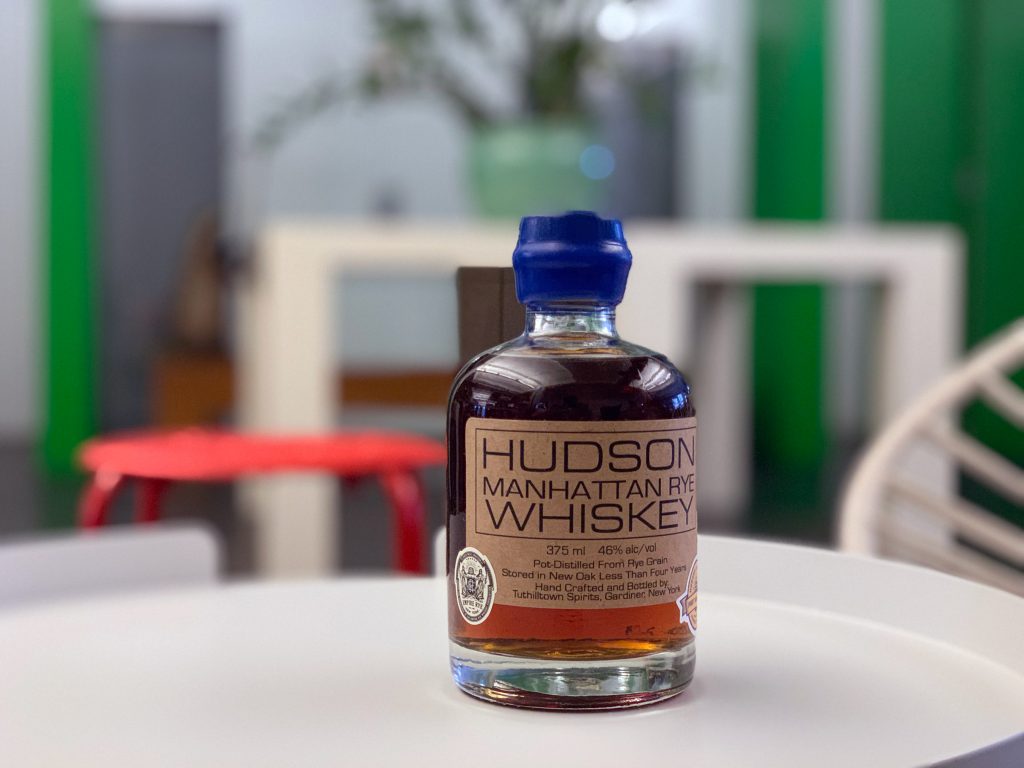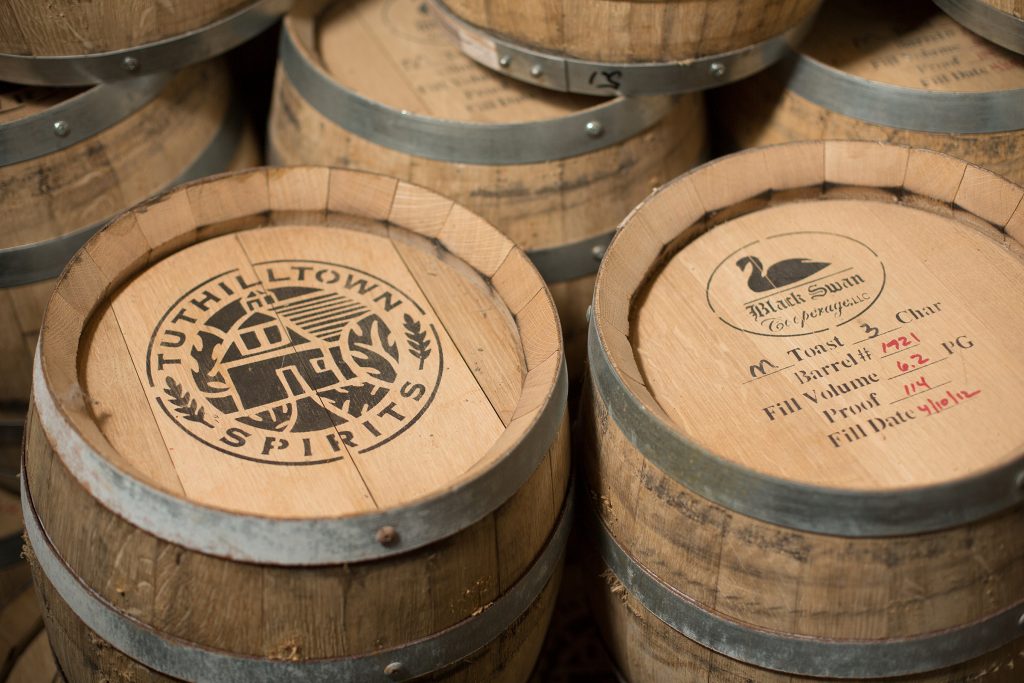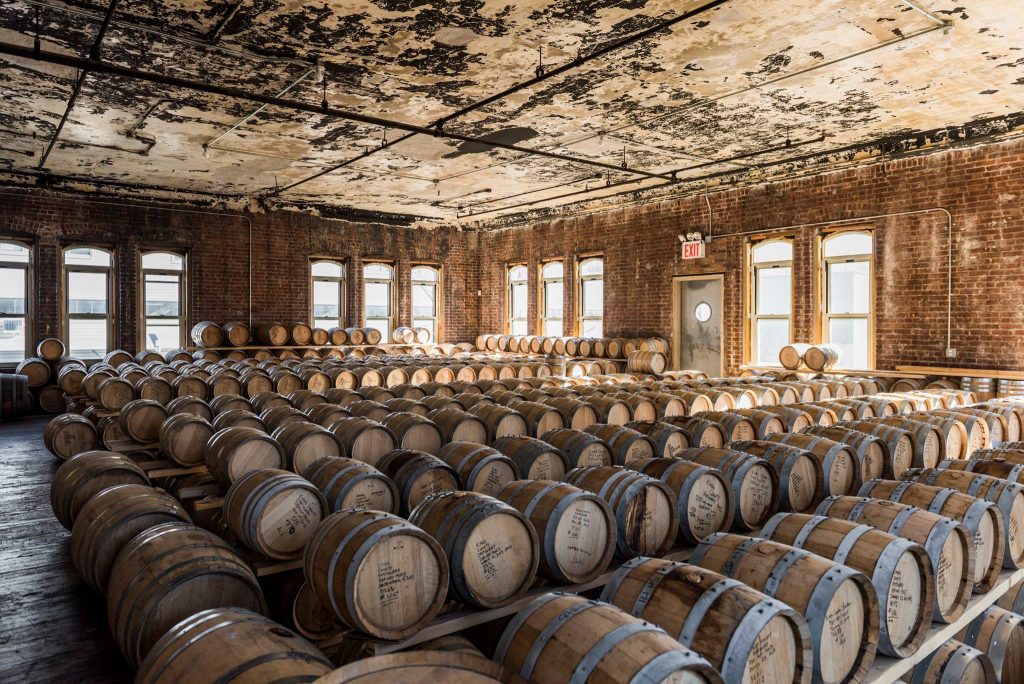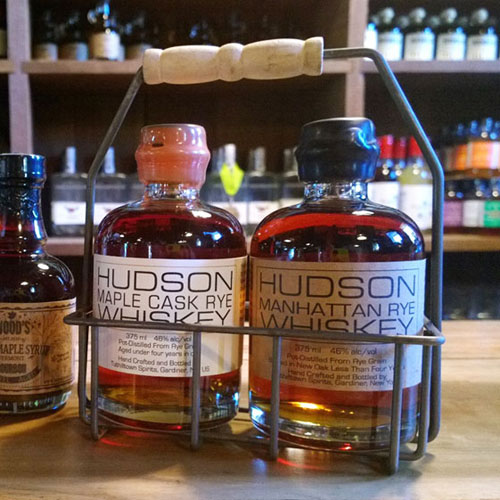New York State’s Burgeoning Whiskey Appellation, Empire Rye
A robust designation of distillery and spirit standards

The concept of Empire Rye solidified in 2015 thanks to the efforts of six New York State craft distilleries. Today, the designation embodies several rigorous standards that aim to elevate an entire regional whiskey style and signify to consumers what’s in a bottle. More than a dozen distilleries have pledged to commit throughout 2019 and 2020, joining nine current producers. And this is just the beginning. Empire Rye isn’t a government-regulated title like Champagne or Tennessee Whiskey. It’s a collaborative project helmed by individual distilleries that see a future where their ryes are sought out for the quality they’re already demonstrating.

As it stands, any licensed distillery in the State of New York that produces a whiskey meeting Empire Rye standards may request use of the name and its accompanying stamp from the Empire Rye Whiskey Association. The first of these standards—an adherence to the New York Farm Distillery Act (Class D)—was pioneered by CH favorite Hudson Whiskey parent company Tuthilltown Spirits all the way back in 2007. The act states that 75% of the mash bill must be New York grain—or, in this instance, that 75% must be New York State-grown rye grain. It can be raw, malted or a combination of the two. That remaining 25% also has to be New York-grown but can be any grain.

“New York State whiskey has come a long way since Hudson bottled the first ounce of whiskey post-prohibition,” Hudson Whiskey Ambassador, David Powell explains to CH. “The Empire Rye designation is a huge step in the evolution of New York State whiskey distilleries and also in the evolution of the American Whiskey category. Prior to Prohibition, NY State was a highly respected for the quality of its Rye Whiskey. By creating a standard set of regulations that over 20 distilleries across the state have signed up to adhere to, New York is planting a flag in the ground as a whiskey-producing region while also throwing a nod to the history of distilling in New York.” Hudson Whiskey was the first distillery in the state—and a founding member of Empire Rye consortium. Their rye proudly wears the label.

“I give credit to Christopher Williams of Coppersea Distilling for really leading our group,” says Kings County Distillery founder (and co-author of The Kings County Distillery Guide to Urban Moonshine) Colin Spoelman. “And while I concede I met the idea with skepticism initially, I think the popularity of the concept is very clear to me now, as it’s a lesson that small distillers need to band together in order to be heard in a crowded marketplace.”
He adds, “I have long believed that New York’s distillers have been leading the way in answering the question as to what craft whiskey should be, and Empire Rye seems to answer that—bringing back regionality and tradition that isn’t merely trying to replicate what’s well-established and excellent in Kentucky.”

Empire Rye “was proposed as a way for distillers in New York to have something akin to Tennessee Whiskey—a long-established alternative to bourbon popularized by Jack Daniel’s,” he continues. “Rye is New York state’s heritage whiskey, though perhaps less well-known than the tradition for Maryland and Pennsylvania. Rye was more popular than bourbon until 1870 and much of it before the civil war was made not in little stills on the frontier, but in the big commercial distilleries of New York City (and Boston and Philadelphia), some of which made upwards of a million gallons of spirit every year.”

Beyond the mash bill, Empire Rye must also be mashed, fermented, distilled, barreled and aged at a single New York State distillery. That aging must be for at least two years in charred, new oak barrels. Proof must also be regulated: distilled to no more than 160 proof, put in a barrel at or under 115 proof. Precision, after all, is part of the Empire Rye mission statement—and precision can be a challenge for independent distilleries.
“Many people don’t always realize there are only 13 commercial distillers, as we pointed out back in 2013,” Spoelman continues. “So the 1600 or so small distillers that have opened in the last two decades must now ask what our opportunity is—and for me, that’s expanding the world of American whiskey. We see some regionality developing already with single malt brewers whiskeys from the west, heavily oaked, barbecue-forward dessert whiskeys from Texas, and a proliferation of modern moonshine distillers in my old neck of the woods in Appalachia. If the northeast settles on highly crafted rye, I think that’s feels like a very appropriate evolution for our community.”

In addition to Gardiner’s Tuthilltown, Brooklyn’s Kings County and New Paltz’s Coppersea, the committed stretch from the Finger Lakes to Honeoye Falls and back to (New York Distilling Company in) Brooklyn. Kings County Distillery’s Rye recently won a Double Gold from the San Francisco World Spirits Competition. Hudson Whiskey’s Manhattan Rye is one of the most coveted in the category. Unsurprisingly, others in the category are worth seeking out, too.












